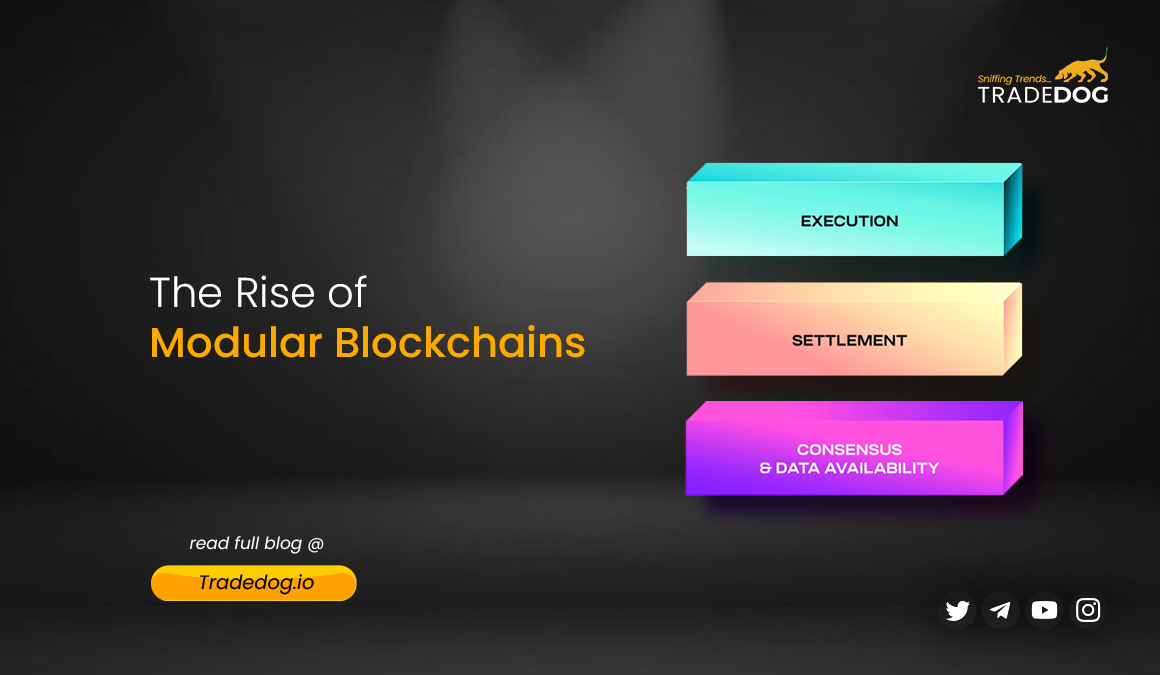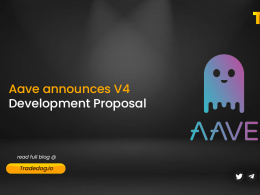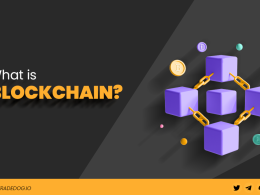Quick Links
Traditional blockchains, built with a monolithic architecture, face challenges in meeting the increasing demands for decentralization, security, and scalability. To address these limitations, modular blockchains have emerged as a transformative solution. They introduce a multi-layered architecture that ensures scalability without compromising on decentralization or security. Each layer handles specific tasks, contributing to a more efficient and adaptable system overall. This modular design empowers developers to select and integrate components according to their requirements, facilitating the creation of customized and optimized blockchains.
How modular blockchains work
Modular blockchains operate on a multi-layered architecture, dividing primary tasks into specialized functions. Let’s see how each layer functions within a modular blockchain system:
Execution Layer
- The execution layer serves as the primary interface where users submit transactions and interact with decentralized applications (dApps) via smart contracts.
- Transactions trigger state transitions, updating on-chain balances and accounts.
- Separating the execution layer from consensus allows for more efficient processing. Transactions can be executed off-chain using techniques like rollups.
- Offloading transaction execution to specialized layers enhances scalability and reduces congestion on the main blockchain.
Settlement Layer
- The settlement layer finalizes transactions by processing proofs from other chains to confirm and validate transfers.
- It plays a pivotal role in validating transaction states, managing fraud proofs, and facilitating dispute resolution, particularly in optimistic rollup implementations.
- By processing settlement off-chain, modular blockchains can achieve faster transaction finality and reduce congestion on the main network.
Consensus Layer
- The consensus layer ensures that all nodes within the network agree on the current state of the blockchain.
- It validates transactions, agrees on the order in which transactions are processed, and maintains the integrity of the blockchain.
- Developers can configure the consensus layer to meet specific decentralization requirements, optimizing for security and network resilience.
Data Availability (DA) Layer
- The DA layer ensures that the data necessary to validate transactions and execute smart contracts is readily available to all network participants.
- It enables easy verifiability of on-chain data and supports the seamless operation of decentralized applications.
- Solutions like Celestia and EigenLayer DA provide data availability services for modular blockchains, ensuring the integrity and accessibility of transaction data.
Layers of Modular Chains
Comparison of Monolithic and Modular Blockchain
| Feature | Monolithic Blockchain | Modular Blockchain |
| Scalability Challenges | Faces scalability trade-offs with decentralization and security | Optimizes modules for speed and execution, mitigating scalability issues |
| Adaptability and Flexibility | Limited adaptability and customization | High adaptability with specialized chains, offering greater flexibility |
| System Complexity | Less complex, single-system architecture | Increased complexity, requiring advanced mechanisms for secure off-chain transitions |
| Security Measures | Node validation ensures security, data redundancy | Security relies on module and protocol security, yet to be fully proven |
| DApp Composability | High integration, streamlined DApp communication | Less integration, potential inefficiencies, and security vulnerabilities |
| State Bloat Mitigation | Exponential growth, increasing hardware demands | Mitigates growth with sharding techniques, minimizing state bloat impact |
| Shared Security Potential | Complex balance between security, decentralization, scalability | Leverages security of parent chains for specific modules, enhancing Layer 2 solutions |
| Execution Environment | Limited capabilities, shared execution environment | Greater control over application rules through sovereignty |
| Developer Familiarity | Historical knowledge and experience available | Newer, requires more trial-and-error, expert involvement |
| System Upgradability | Challenging upgrades, extensive downtime | Easier upgrades, improved piece by piece, minimizing downtime |
Benefits of modular blockchains
- Enhanced Scalability: Modular blockchains optimize specific modules for speed and execution, enabling greater overall throughput without compromising decentralization or security.
- Flexibility and Interoperability: Specialized chains within a modular blockchain architecture promote high adaptability, allowing for seamless interoperability among multiple layer-1 and layer-2 chains. This flexibility enables developers to customize networks tailored to their specific requirements.
- Versatile Application Development: The modular nature of blockchains supports the development of diverse and efficient decentralized applications (DApps). Developers can leverage specialized layers to create a broader range of secure and scalable applications, catering to various use cases and industries.
- Customizable Tech Stacks: Modular blockchains offer developers the freedom to choose the virtual machine and protocols that best suit their needs. This customizable tech stack enhances adaptability and fosters innovation, empowering developers to build tailored solutions optimized for performance, security, and cost-effectiveness.
Cons of Modular Blockchains
- Complexity in Development: Building on modular blockchains can be more challenging, posing a steep learning curve for users and developers.
- Limited Testing: Modular networks lack the extensive real-world testing of established chains, raising concerns about resilience under high-traffic conditions.
- Early Stage Development: Modular blockchain development is still in its infancy, introducing uncertainties about long-term stability and effectiveness.
Examples of modular blockchains
Two prominent examples of modular blockchains are Celestia and EigenLayer DA, both of which contribute to the advancement of blockchain technology by offering specialized solutions within a modular framework.
Celestia
Celestia is a data availability store that supports Ethereum rollups and Layer 2 solutions. It uses data availability sampling (DAS) to verify data, which can be checked with light nodes. Celestia enhances the Ethereum ecosystem’s scalability and efficiency by providing a collaborative environment for interconnected chains and supporting various Layer 2 solutions.
EigenLayer DA
EigenLayer DA, on the other hand, is a data availability store on Ethereum that uses EigenLayer restaking. It provides validated services, allowing restakers to delegate stakes to node operators for data integrity and accessibility. With a dedicated KZG committee for data verification and cost-effective storage solutions, it supports modular blockchain networks and the development of decentralized applications.
Conclusion
Modular blockchains represent a significant leap forward in blockchain technology, offering a solution to the scalability limitations that have long plagued monolithic chains. This innovative architecture paves the way for a more robust and versatile blockchain ecosystem, characterized by enhanced scalability, flexibility, and security. While still in their early stages, modular blockchains hold immense potential to revolutionize the future of blockchain applications. As research and development efforts progress, we can expect to see further advancements in modular design, fostering the creation of even more efficient, secure, and user-friendly decentralized applications. This will undoubtedly lead to wider adoption and mainstream integration of blockchain technology across various industries.









